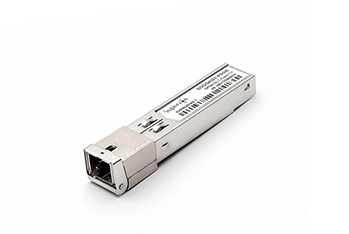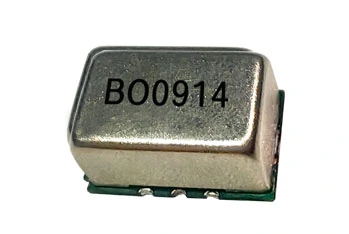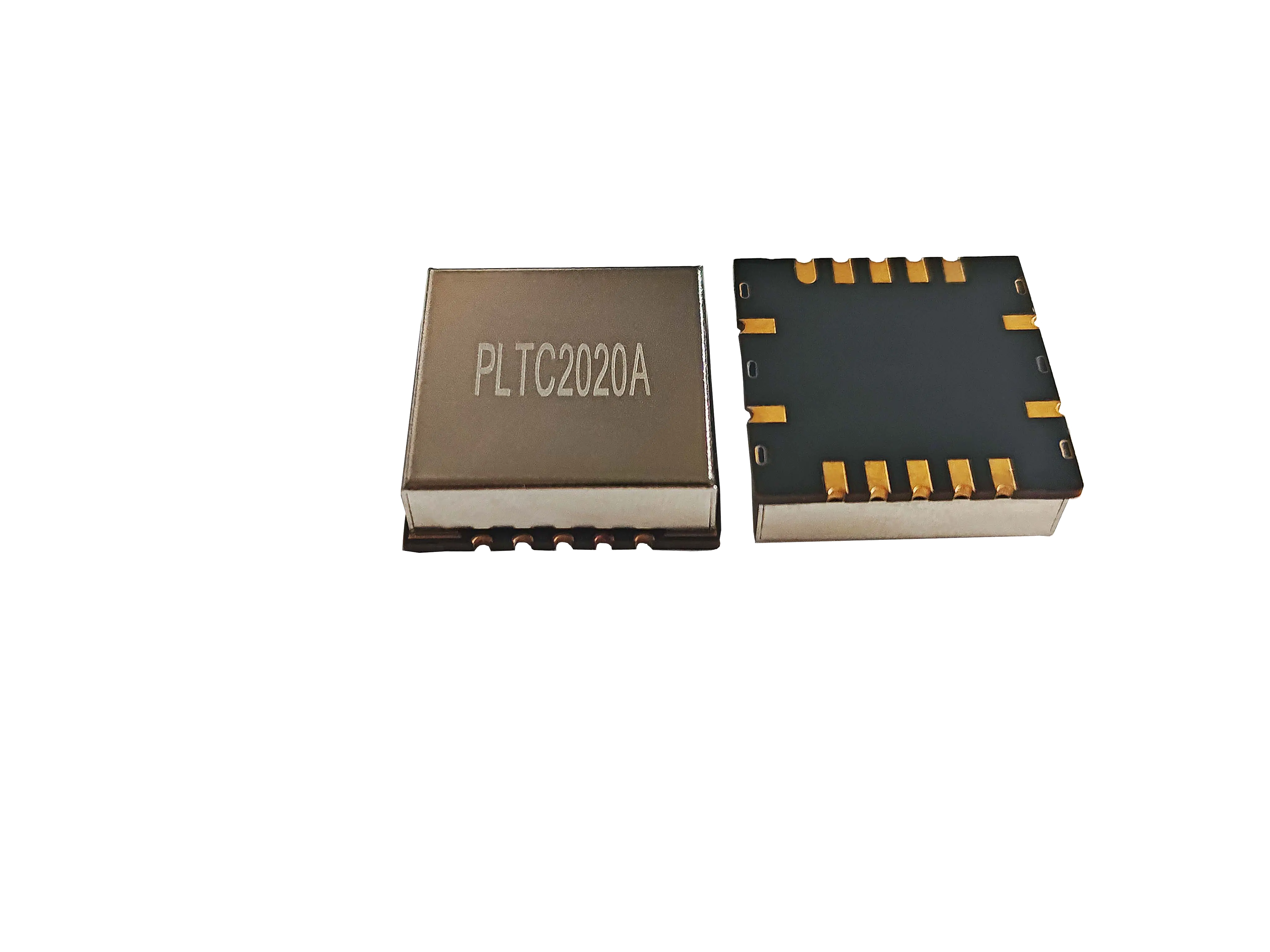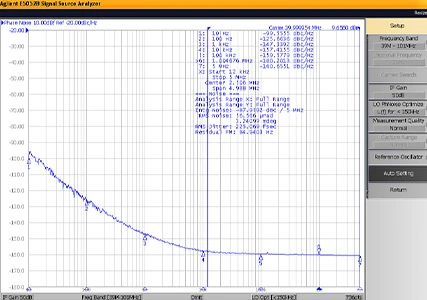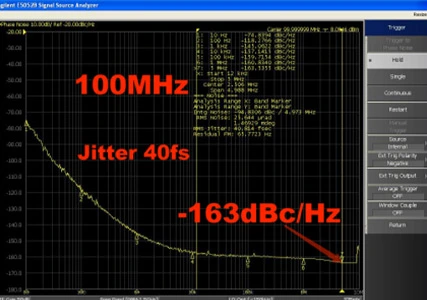The quartz crystal is equivalent to a heart in the circuit, and the quartz crystal provides a clock signal for the circuit.
The oscillator is more expensive, but the oscillator itself can vibrate. Both the oscillator and the crystal have their own advantages and disadvantages. If considering the product cost, it is recommended to choose crystal. If considering performance, it is recommended to select oscillator to reduce time cost and guarantee product performance. Here are some details about each of their advantages:
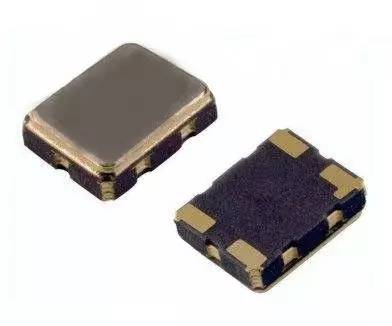
Crystal includes SMD package and DIP package
The highest precision of the DIP crystal can reach ±5ppm. At present, KDS DT-26 and Citizen CFS206 can meet the highest precision of the SMD crystal up to 10ppm. Compared with DIP package, the automatic solding of SMD crystal is more convenient than manual soldering of DIP crystal. However, in terms of accuracy, crystal cannot achieve higher accuracy than 50 ppm of oscillator. So what does the accuracy error effect on? Why do engineers prefer to use crystals with smaller precision errors?
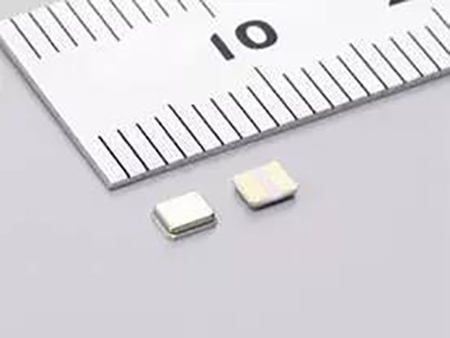
In the field of clock crystal applications, the smaller the accuracy error, the shorter the time error produced. So is there an accurate calculation method for the cause of time error? For instance, for 32.768K SMD crystal with tolerance 20 ppm(parts per million), the time error of it is: 24 (hours) * 60 (minutes) * 60 (seconds) * 20ppm = 1728000*10-6 = 0.1728 seconds. The average day time error is 0.1728 seconds and nearly 5 seconds per month. In fact, this error is also very large. Therefore, engineers strictly choose TCXO for high-end products.
When it comes to TCXO (temperature compensated crystal oscillator.), the highest precision of TCXO can reach 0.1ppm. The state-of-the-art oscillators often need to be customized in advance.
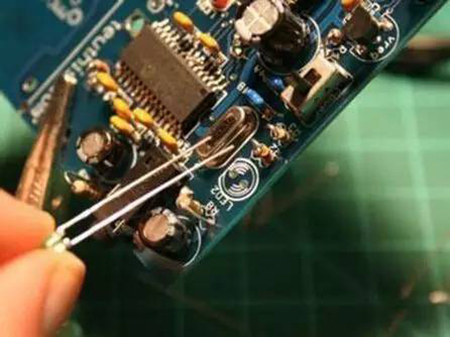
The output level of Crystal is variable and it depends on the vibration of circuit. The same crystals can be used to different voltage. The output signal of crystal is worse than oscillator's and needs to match with the extern circuit (capacitors, resistors and inductors). That is to say, different frequency crystal must match different extern circuit. It' s advised to try to use high precision oscillators.
The connection of oscillators is easier than others and mainly is promised the power supply filtering. It usually use a capacitor and inductor to form a PI type filter, and the output end can filter the signal with a small resistance resistor and isn't necessary to use complex circuit. The instuction of oscillator is: pin 1 for no connection, Pin2 for GND,pin3 for output and pin4 for voltage. Compared with crystal, the disadvange of oscillator is permanent output level so it has bad flexibility and higher price. If you focus more on time precise, it's recommend to choose higher precision oscillator, particularly TCXO.
So what is the difference between the method of connection in the soldering circuit? Of course, there are other capacitors and resistors next to crystal circuit to help the crystal oscillator vibrate. But active crystal oscillator has been set in a chip in the technology, which means that it can start to vibrate without the need of an external circuit.
Regarding to the significant difference between crystal and oscillator, we must analyze how to choose whether to use crystal or osciillator according to demands.
It's better to choose crystal once you consider the cost. The cost of crystal is lower than oscillator. Although some capacitors and resistors are added next to the crystal circuit, the total cost of oscillator is not comparable to crystal.
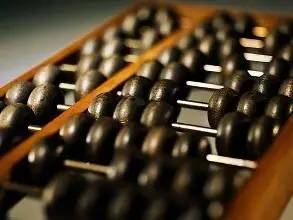
Oscillator is better than crystal as for stability and tolerance. If the product requires high precision, the oscillator can be considered.
 English
English français
français Deutsch
Deutsch Español
Español русский
русский


